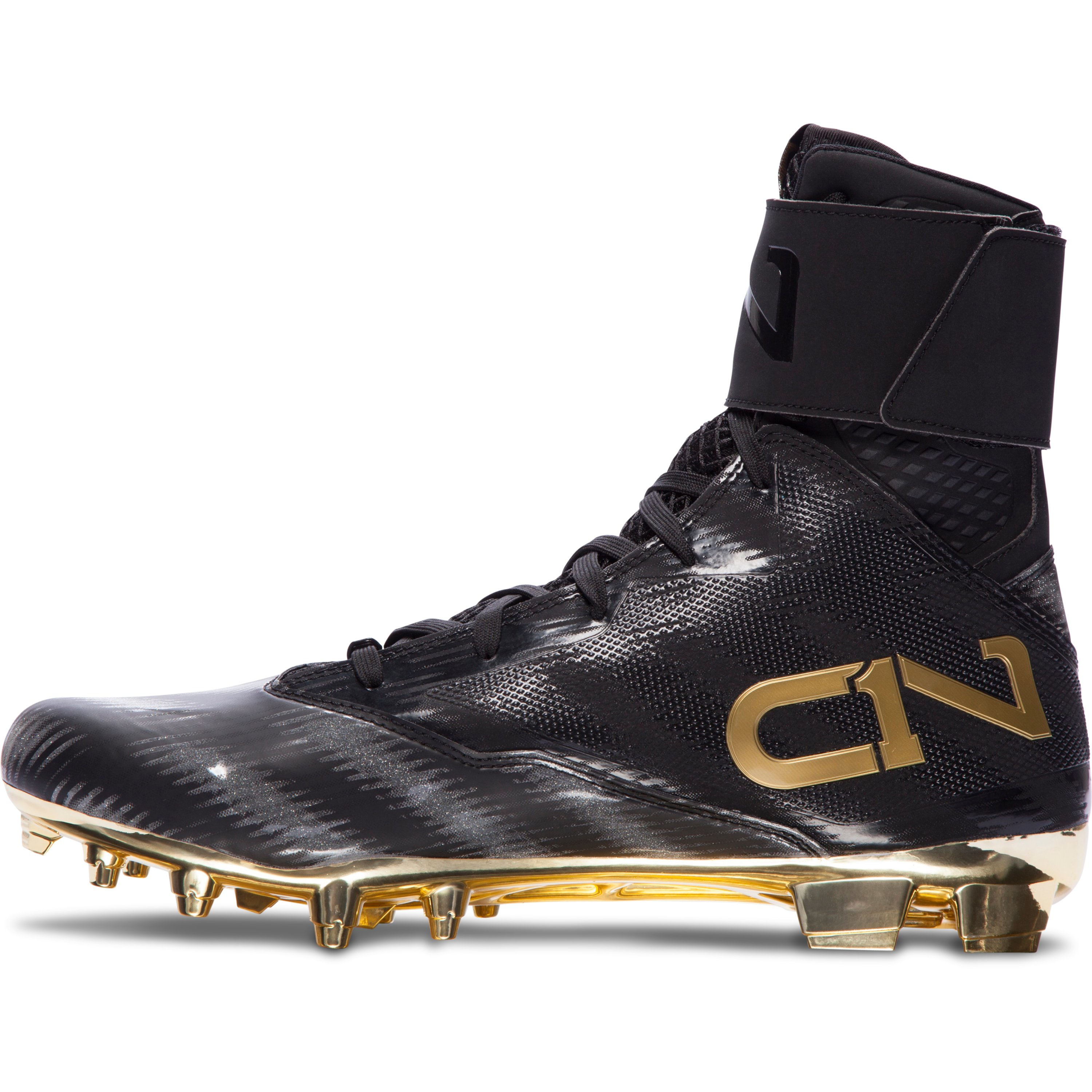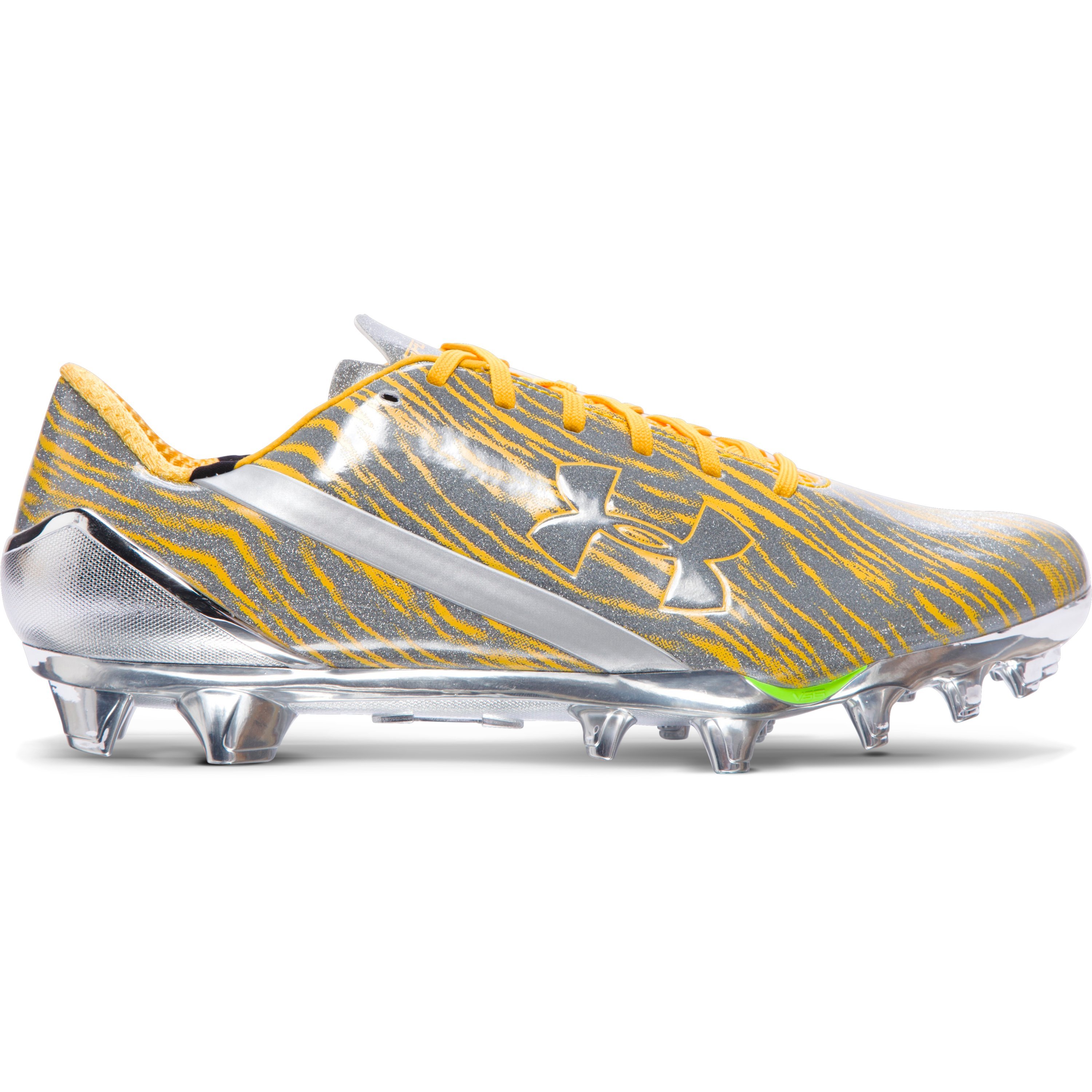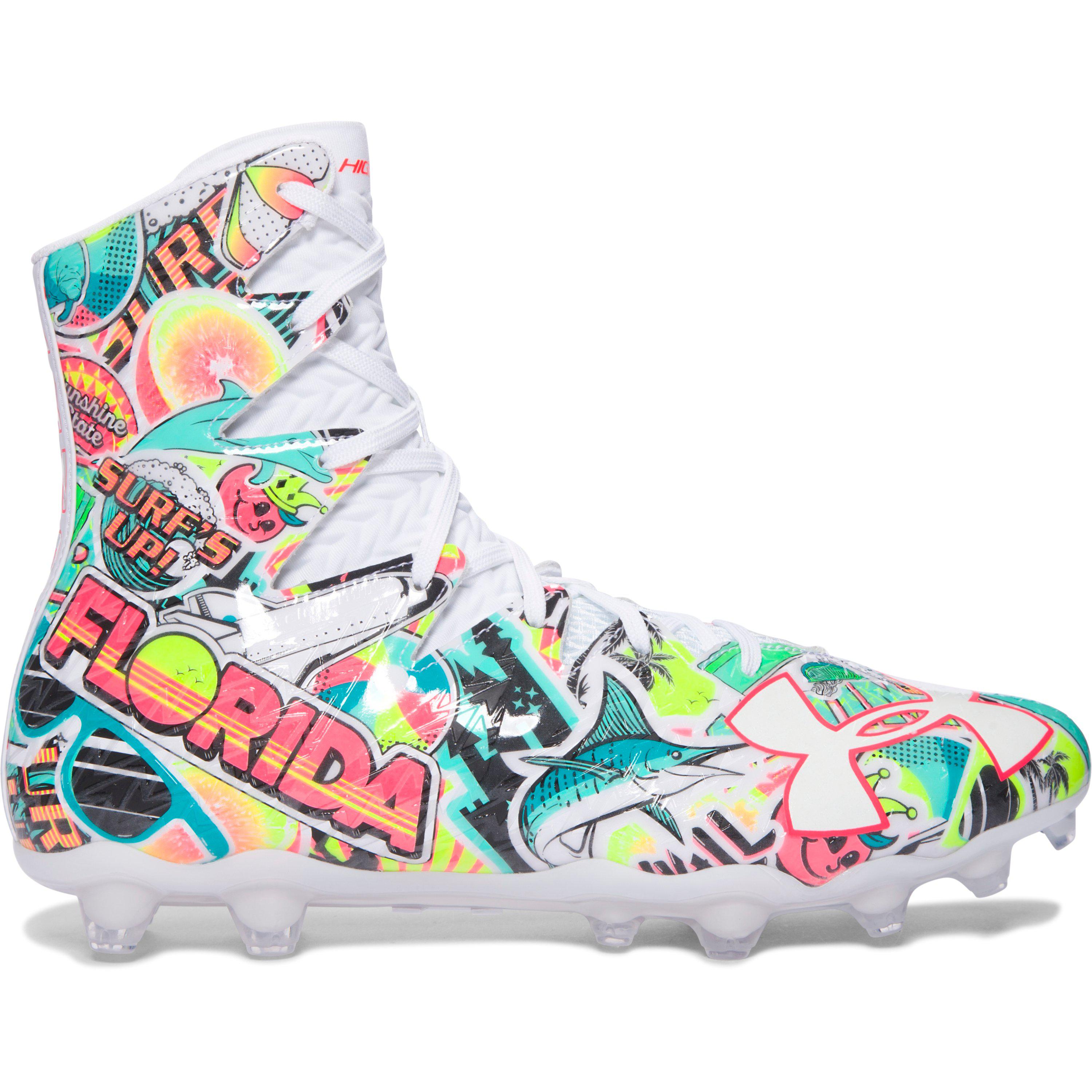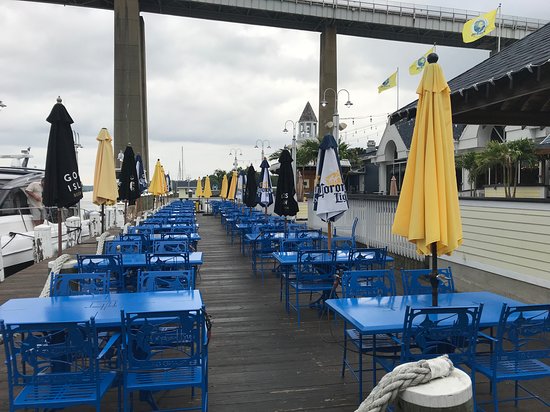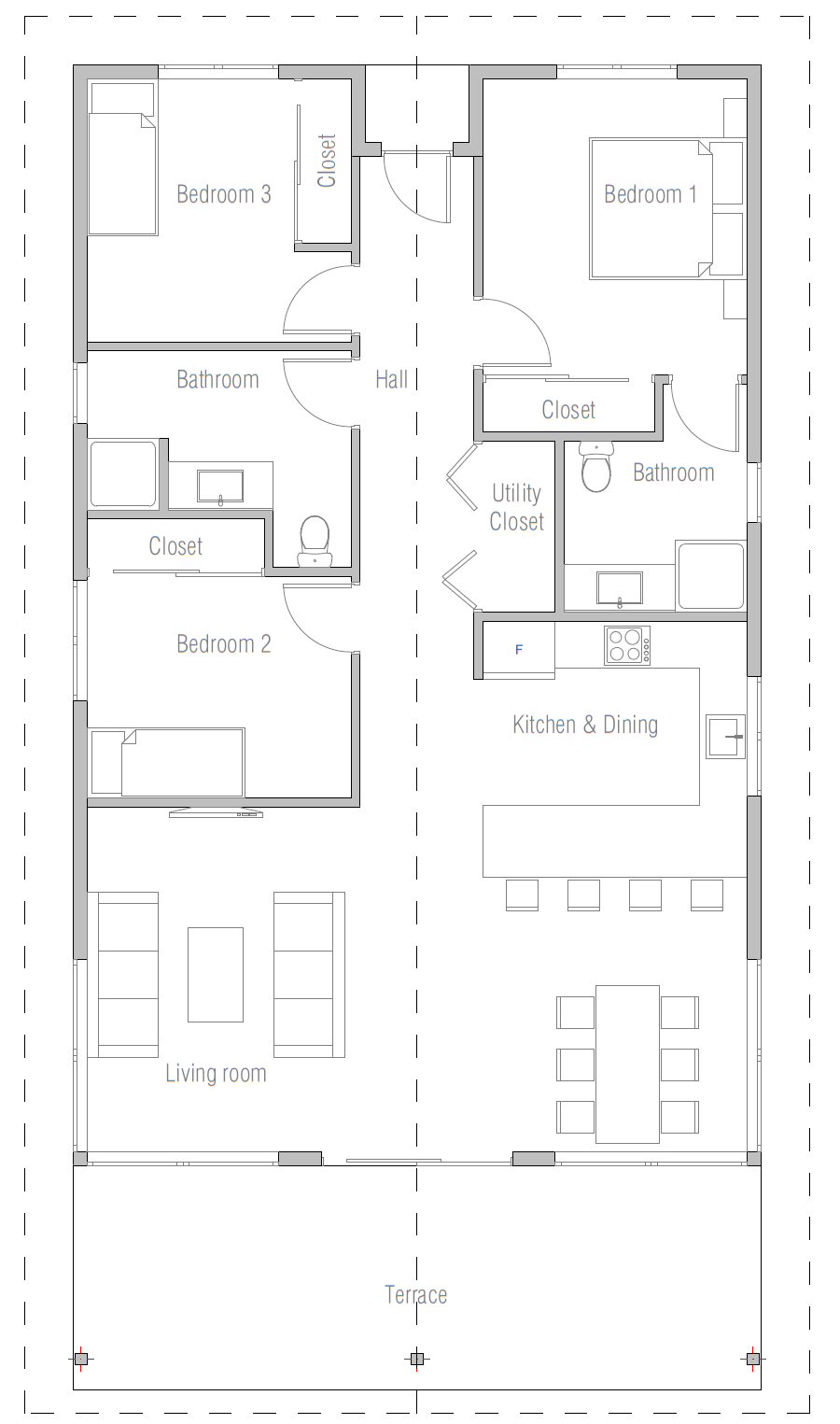Table Of Content

This is what gives the posters of the Swiss Style a timeless look that continues to have a strong impact amongst audiences. The limitation of sans-serif fonts led designers to use big typeface families. Univers was one of these sans serifs that included multiple weights and widths.
Legacy and Modern Relevance
The style was influential in many different types of design, like architecture, typography, textile design, and books. An office space in the Gatehouse is now a soothing spa-inspired lounge designed by Margaret Lalikian. The designer referenced the house’s original name, El Robles—Spanish for oak tree—with a tree-filled landscape mural by Arpy Dabbaghian. “For the wall mural, I had to pick something to bring them into nature and a calming environment,” Lalikian says. A palette of whites, deep blues, and gold creates an elegant atmosphere in the formal living room, which was designed by Rachel Duarte.
How do you incorporate the principles of Swiss Design into your projects? Share in the comments!
"Eliška designed a carefully thought-out program which includes a mortuary, autopsy room, lounge, farewell service, offices and auditoriums." "The four-storey reinforced concrete structure will house apartments, recreational facilities, study and work spaces as well as a food hall. "This project created a solution to affordable housing, awarding access to young environmental entrepreneurs.
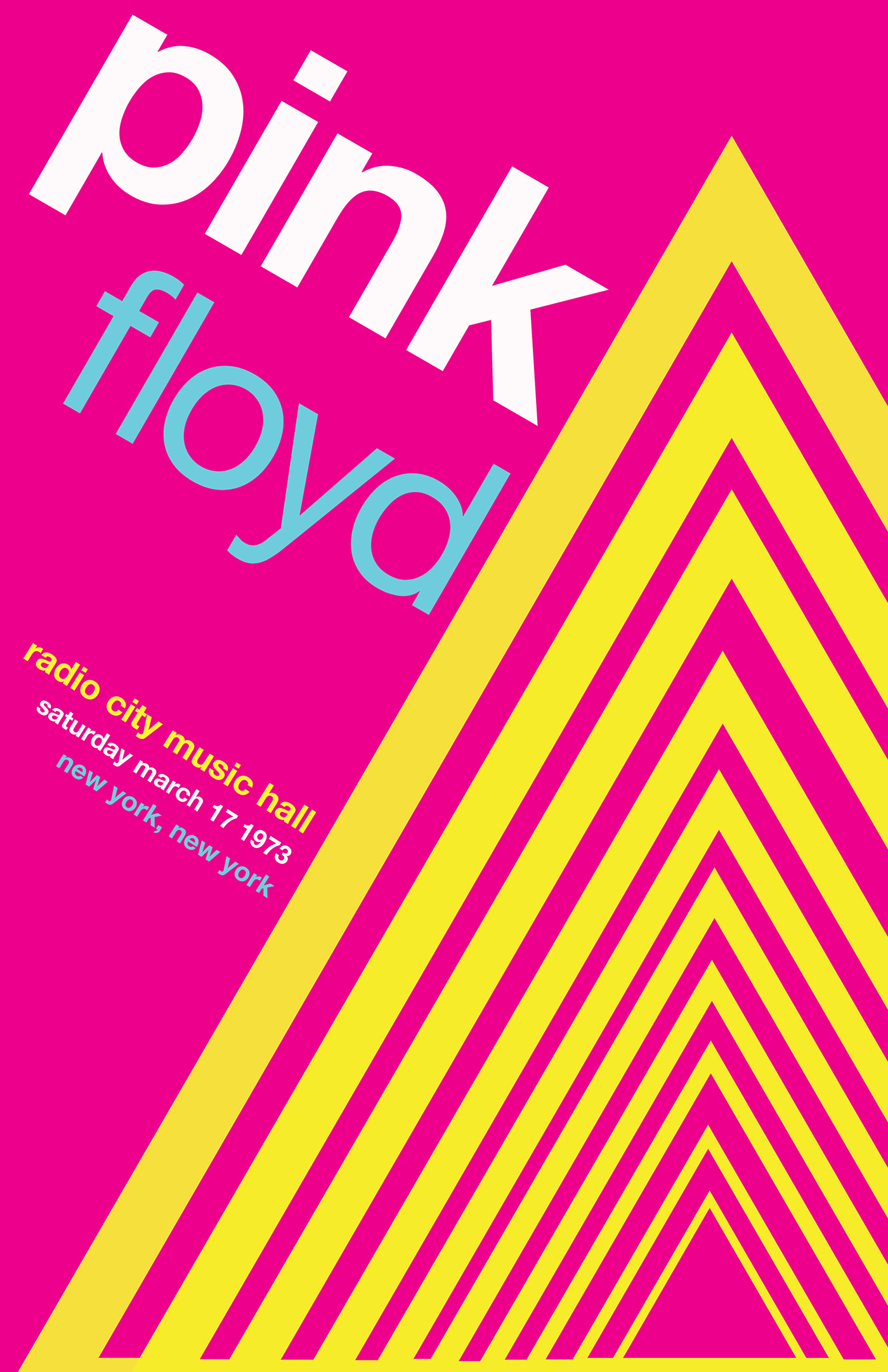
Ernst Keller
Let’s take these insights, the harmonious balance of form, function, and clarity, and construct digital landscapes that resonate with the simplicity and elegance of a Swiss chronograph. Now, go forth and design with the poise of the Swiss—less but better, always. Whether you’re crafting a sleek website or an easy-to-use app, Swiss principles like functional design and typographic harmony remain central—digital worlds included. We can thank Swiss design for making minimalism a must-have in graphic design—every pixel and font choice intentional. It’s not just a style; it’s a standard bearer for minimalist, functional design across all creative fronts. Its principles of clarity, precision, and minimalism are like the golden rules of good design.
Arts and Crafts Movement
These movements also emphasised the designer's point of view and personal take on any creation. Josef Müller-Brockmann, another student of Keller’s, heavily focused his work around the grid system and Akzidenz-Grotesk typeface. Probably the most influential typeface for this movement, Akzidenz-Grotesk was released by the Berthold Type Foundry in 1896 and was arguably the first of its kind. It soon became one of the most widely used typefaces and was even sold in the U.S. under the names “Standard” or “Basic Commercial.” If that doesn’t shout “FIRST! The 19th century marked the separation of design from fine art, and with it, the birth of grid-based design. "Integrating intentional design, natural elements, historical context and the essence of Kintsugi, it goes beyond traditional health centres, embodying a healing approach where past wounds are embraced as sources of strength and beauty.
Windgate: Herbert Matter's Swiss design - Southwest Times Record
Windgate: Herbert Matter's Swiss design.
Posted: Sat, 04 Jul 2020 07:00:00 GMT [source]
Barn-like house
Hand-beaded light fixtures illuminate the seating areas, which feature tables and chairs from Janus et Cie’s Amalfi Coast outdoor collection. The landmark mansion was built in 1902 by architect Joseph J. Blick for Gertrude Potter Daniels, who paid $15,000 for the shingle-style home. In 1905, Susanna Bransford Emery-Holmes—known as the Silver Queen thanks to the source of her late husband’s fortune—purchased the home and soon made it her own. In 1922, she spent $37,000 to have the Postle Company of Los Angeles, who also built the Pasadena Playhouse, remodel it into an English Tudor Revival–style mansion, giving it the regal exterior that remains today. A diverse digital database that acts as a valuable guide in gaining insight and information about a product directly from the manufacturer, and serves as a rich reference point in developing a project or scheme. Splint (in original packaging), designed by Charles and Ray Eames, Manufactured by Evans Products Company Moulded Plywood Division.
Minimalism and Clarity
Swiss designers believe that typography should be the foundation of all design, and that typefaces should be carefully chosen to ensure that they complement the overall design. One example of Swiss design in the EU is the branding of the German airline Lufthansa. The airline’s logo, designed by Otl Aicher in 1963, features a simple and timeless design that has become synonymous with the airline and the concept of air travel itself. The logo’s use of a sans-serif typeface, a simplified color palette, and a clean and bold design are all hallmarks of Swiss design.
"The project repurposes the former tram depot building of Varlungo, Florence, which was built in 1890." "With multiple activities on each level, the idea is to encourage spontaneous interactions for visitors, allowing them to develop new interests and relationships with both the art around them and the people they encounter. "Kalmar is a proposed design research and art centre in the south of Sweden.
An edition of glass vases, Seilinee evolved as a playful game with innovative outcomes. Working with Murano-based artisanal experts and glass blowers, the intricate process needed them to break free from tradition as the shapes were conceived through unique, modular wooden molds. Handmade by a specialist carpenter, the unfamiliar molds led to interesting results that make up the collection displayed today.
Müller-Brockmann is one or the more well known names, but he’s hardly the only one. You can read more about a few of the influential designers of the Swiss Style on the other side of the links below. Designjudge.co.uk is the online portfolio of Matt Judge, a London based designer. Apart from the simplicity and the obvious use of a grid, Subtraction employs a very well defined structure that makes it very intuitive to understand the content that’s presented and how we can interact with it. Subtraction is the personal web site of Koi Vinh, the Design Director at NYTimes. Vinh is famous for his advocacy of the use of grid systems and is often quoted as an authority on the subject.

During the 1900s other design based movements were formulating, influencing and influenced by the International Typographic movement. These movements emerged within the relationships between artistic fields including architecture, literature, graphic design, painting, sculpting etc. This era prepared a strong foundation for a future generation of designers. Attention to detail, technical training, and the use of grid systems for organization are strong traits that developed during this era.
The designer established two seating areas within the space, including a cozy gathering spot with chaise longues that flank the original carved marble fireplace. The room’s coffered ceilings were enhanced with a faux-wood decorative painting by Jhon Ardilla. Designer Rachel Scheff used the home’s spectacular ceiling, woodwork, and stained glass as the inspirations for her fanciful, flora- and fauna-filled foyer.
Its principles of simplicity, precision, and clarity have become ubiquitous in modern design and have had a significant impact on the way we communicate visually. In the European Union (EU), Swiss design has been particularly influential, shaping the visual language of Western culture and setting the standard for modern design. In this article, we will take a closer look at the history and characteristics of Swiss design, explore some notable examples of its use in the EU, and discuss its ongoing relevance in today’s design landscape. Whether you’re a design enthusiast, professional, or simply interested in the power of visual communication, this article will provide you with valuable insights into the world of Swiss design and its impact on the EU and beyond.
The goal for visual order and organization naturally calls for a heavy use of typographic grids, which offer a systemized way to present a clear message. Another reason why Josef Müller-Brockmann is front and center when talking about Swiss design is his work with grids. The last few weeks I’ve been looking at the industry shift to a flatter design aesthetic. First was a look at skeuomorphism and the reasons it exists before falling out of favor. Next was flat design starting with how it’s done wrong followed up with thoughts about why it’s creating a new foundation for design on the web.



